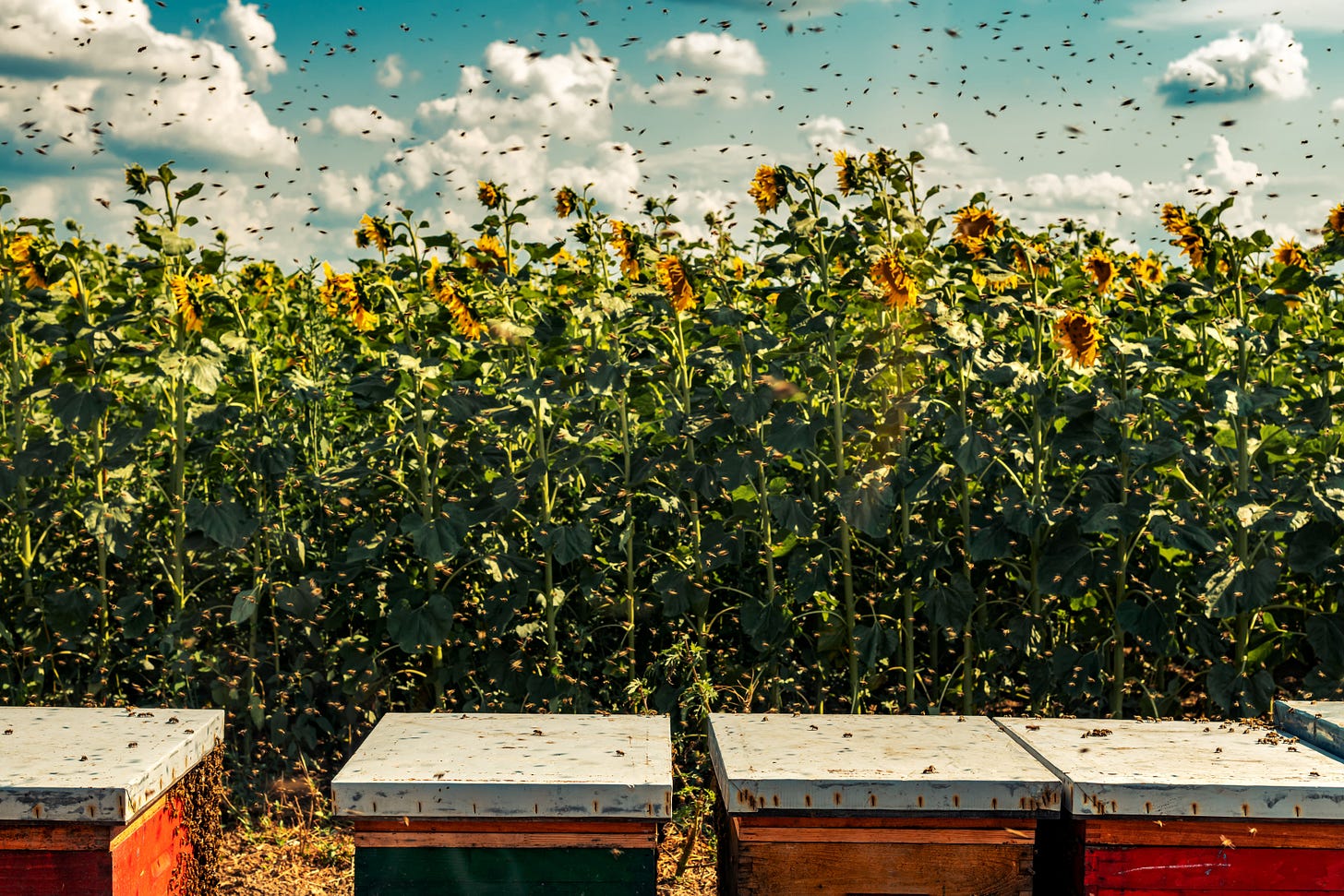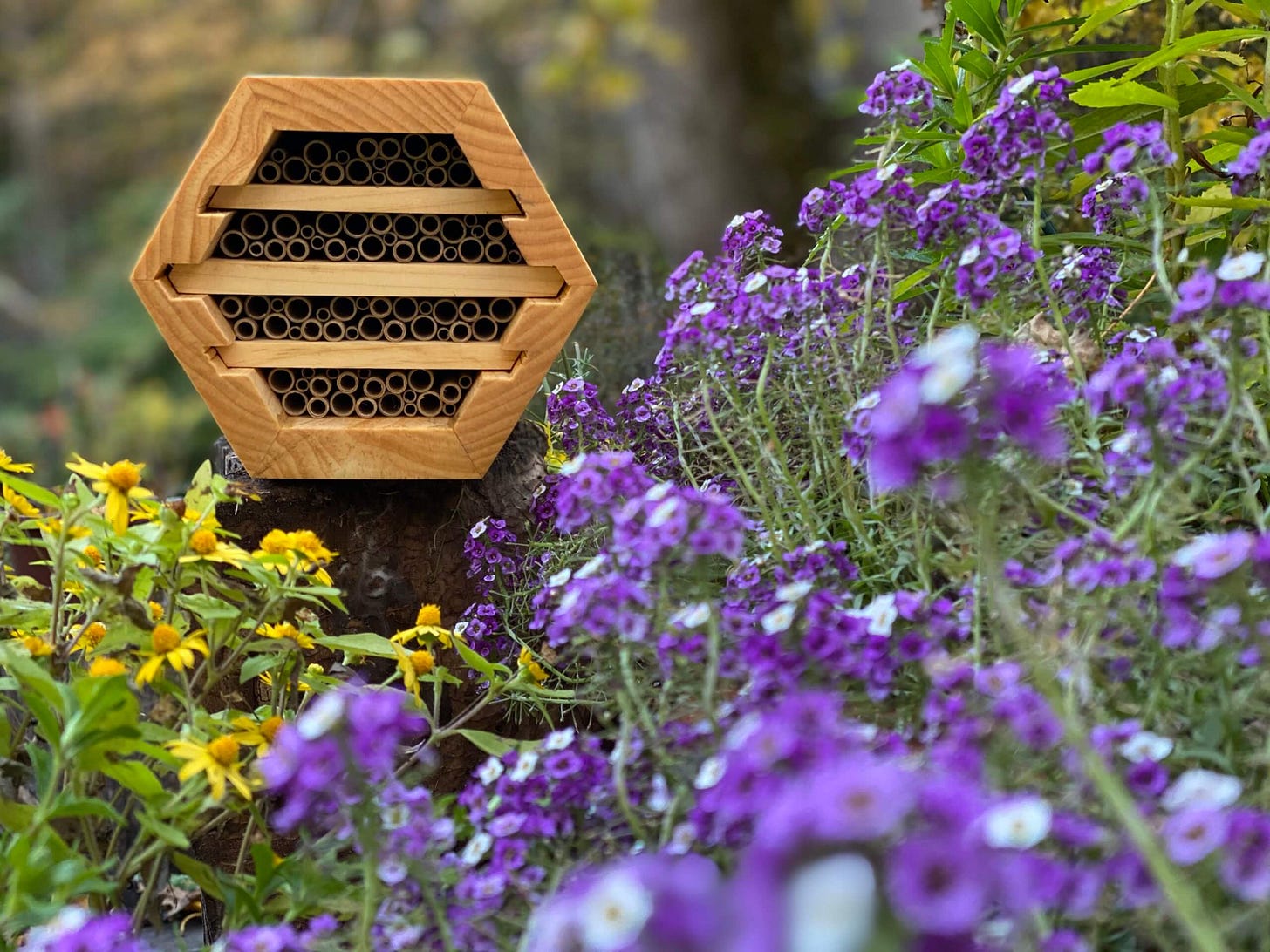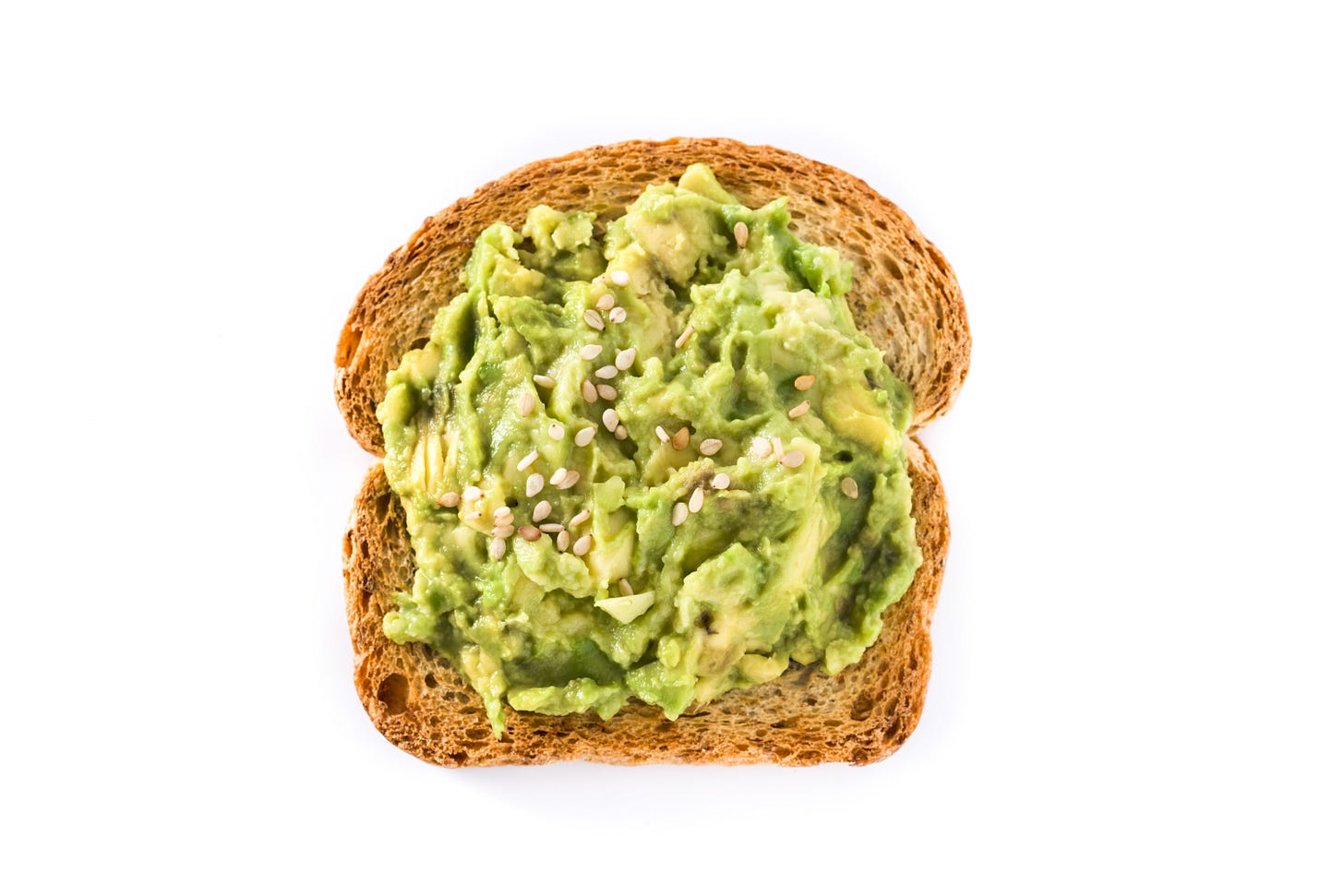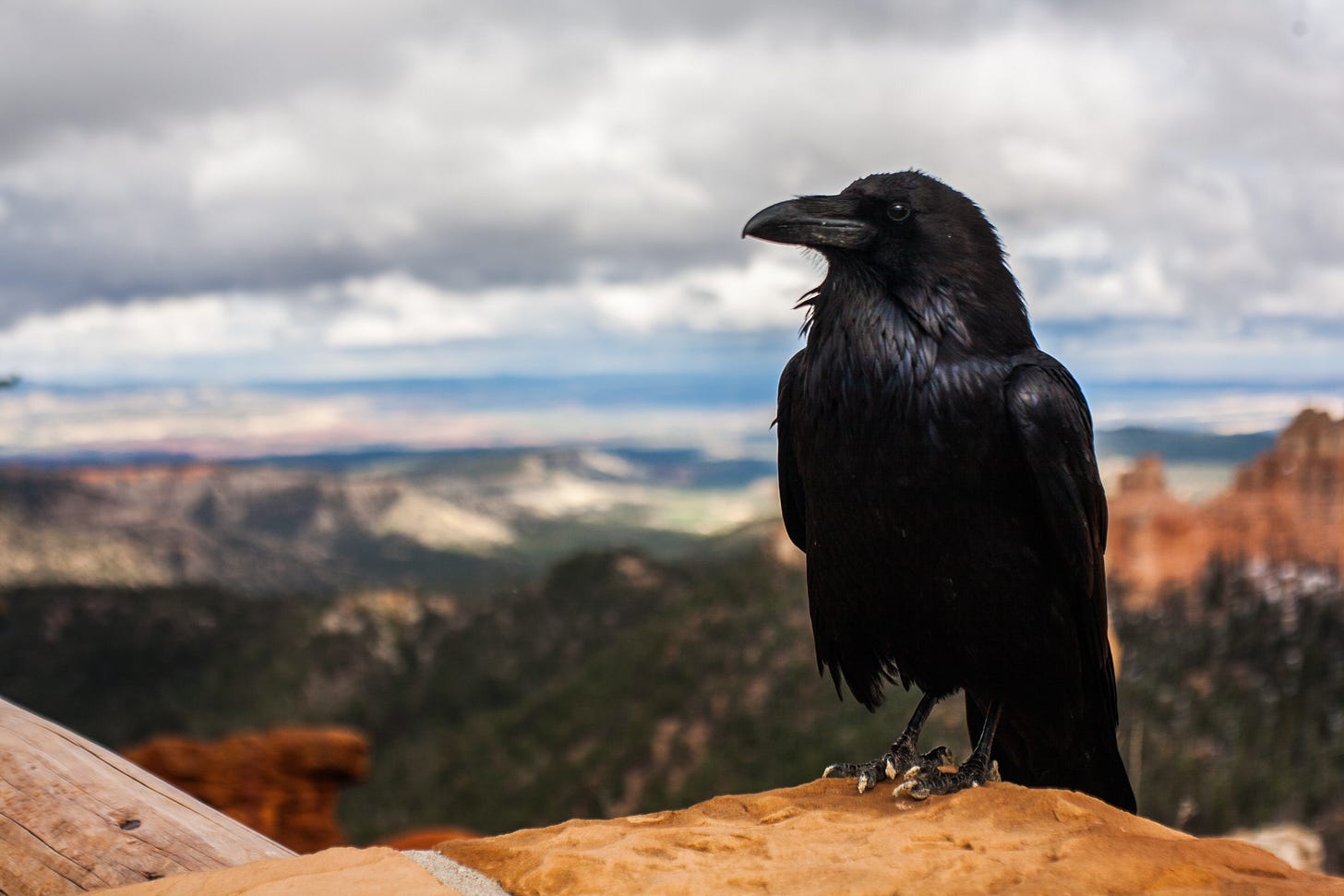Saving Bees + Biodiversity
🐝 Earth Day is just one month from today. Life on the planet needs thriving bees.
I haven’t yet encountered bees in 2021. Once the snow melts this month, however, I will visit thousands of them. Shortly after the row cover shrouding mustard greens like arugula and kale at Black Cat Farm is removed, the plants begin producing blossoms. Honeybees will swarm. For many, it will be their first taste of nectar after a long hibernation. I like taking short videos of them helicoptering between flowers, sometimes with snow covering the ground.
A small farm like Black Cat depends upon bees to pollinate a wide range of crops including melons, winter squash and cucumbers.
“If you want pumpkin gnocchi with sage brown butter sauce in November you have to take care of the bees in March to make that dish happen,” says Eric Skokan, the owner of Black Cat (and a longtime friend and client of mine). “Bees and that dish, among many others, are linked to each other.”
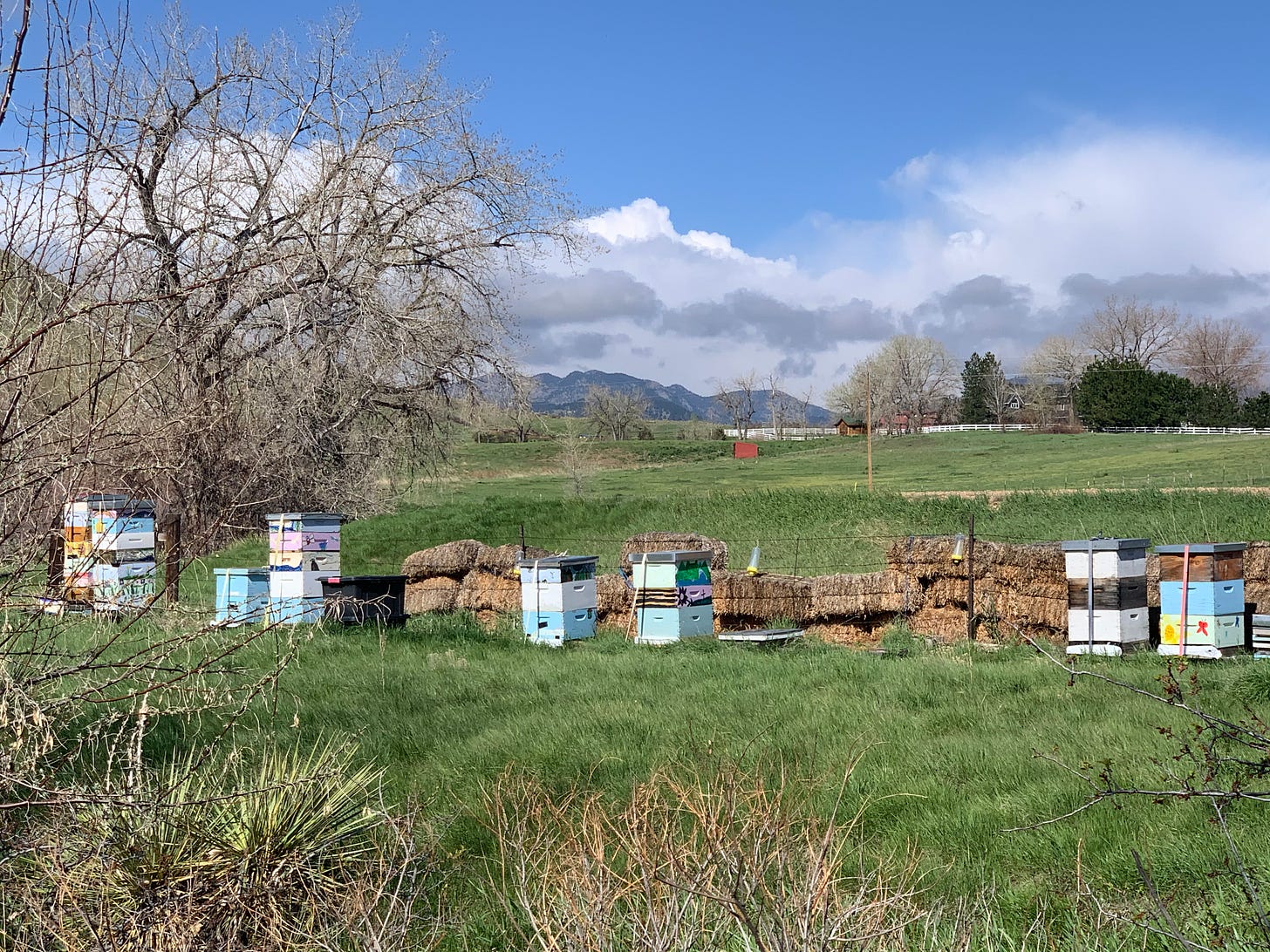
Farms around the world, in fact, need bees; without them entire categories of crops, like almonds, would vanish.
But as I’m sure you have heard, bee populations are in severe decline. Agriculture is wiping out habitats. Researchers believe pesticides are killing bees. Diseases ravage them, and by upending ecosystems due to increased atmospheric heat, climate change threatens bees, too.
Humans can help save bees. Among the strategies:
Don’t spray yards with pesticides.
Populate your yard with bee-happy plants.
Another one? Take part in The Bee Conservancy’s Sponsor-a-Hive program. The non-profit, which has protected an estimated 10 million bees since its inception in 2009, is accepting applications until the end of this month. Schools and community groups selected by the program receive hives, ongoing support and educational materials to help them nurture bees and play a role in promoting bee health and vitality.
The Conservancy’s program, expanded dramatically to 500 hives this year, comes at a critical time. A report issued this year found that 25 percent of wild bees have disappeared across the globe during the past 25 years. Right now, 1 in 4 of North America’s 4,000 bee species is at risk of extinction, according to the Conservancy. Colorado alone supports 946 species of native bees.
Each Sponsor-a-Hive bee house is made from Forest Stewardship Council (FSC) certified pine. Brooklyn Woods, an organization that trains unemployed and low-income New Yorkers in woodworking skills, manufacturers the hives. For some of the woodworkers, it’s one of the first paying jobs of their careers.
Rebecca Louie, an old journalist pal of mine who is The Bee Conservancy’s managing director, says that in addition to protecting bees, the program is “about bringing people together to engage with nature, grow food and community bonds, and build economic opportunities in the green sector.”
So just as the program offers bees new hives, it simultaneously compels humans to build stronger communities — or thriving hives of our own.
Hive fives all around.
Applications remain open until 11:59 p.m. on March 31. More information and applications can be found at https://thebeeconservancy.smapply.io/prog/sponsor-a-hive_2021
For ideas about ways to protect bees, check out the Conservancy’s excellent guide.
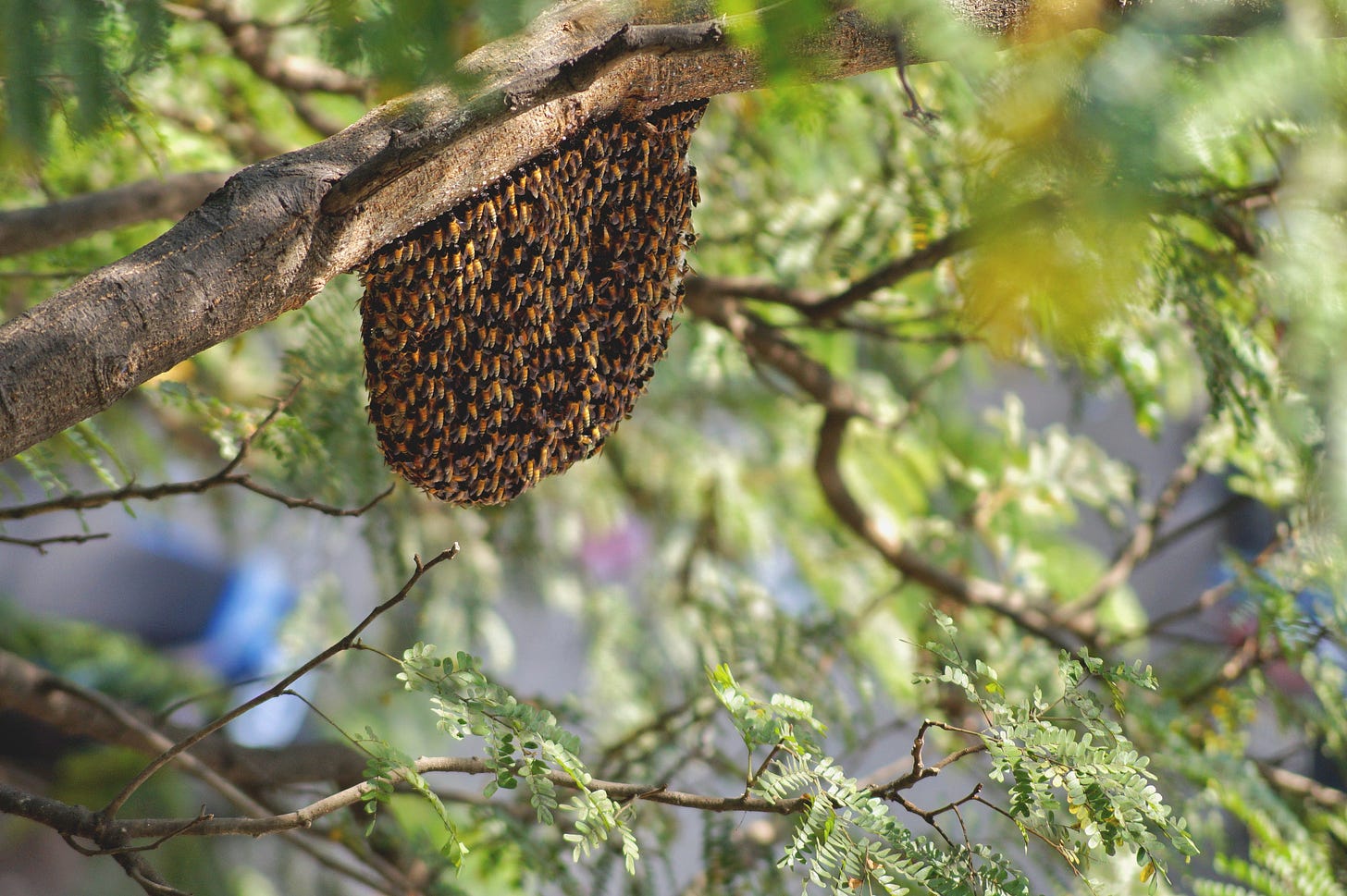
Our Avocado Toast at Wild Habitat’s Expense
For bees to survive, they need wild habitat rather than fields of crops; large-scale food production fails to provide homes for them. As Big Ag increasingly turns wilderness into manicured, mono-cropped fields of commodities, it eliminates more and more bee habitat.
The trend has enormous implications for food, world economies and more according to a recent and engrossing study.
Pollination contributes to more than 75% of worldwide crop diversity, and 35% of crop production by volume according to the study. Many crops grown in industrialized Western countries do not need bees for pollination; they depend upon wind instead. Wheat, for example, yields its berries without the help of bees. Meanwhile, crops like coffee and cashews widely grown in less developed countries rely more on bees.
Demand for bee-pollinated crops is increasing due to growing “societal awareness of the importance of a healthy diet,” the study says. As demand from developed countries for bee-pollinated foods like mangoes and avocados spikes, farmers in the countries that grow them, mostly in less developed countries, replace bee habitat with the things people need for smoothies and guacamole.
In other words, desire in developed countries for bee-pollinated foods is wiping out the environments bees need to live — and to pollinate those macadamia nut trees.
“The ongoing decline of pollinators is leading to reductions in crop productivity worldwide, even in regions that are still rich in biodiversity,” the researchers write.
The problem creates environmental ripples far beyond agriculture. The study considers bees a finite natural resource, like water and soil. Each pollinator makes a certain number of visits to flowers during its lifetime. Every pollination event eliminates the possibility for pollination of another blossom.
Mass-flowering crops can act as magnets for pollinators, and lead to increased bee visitation to bordering crop fields. But the magnet-effect also keeps bees focused on one spot, rather than roaming widely. As a result, many wild plants that depend upon pollination suffer, and biodiversity declines.
In addition to impacts on overall biodiversity, the prevalence of pollinator-dependent crops in less-developed countries has economic implications.
In effect, developed countries are virtually importing pollination services from countries that sustain pollination services with natural habitat. “Agricultural expansion is likely to increase isolation of croplands from natural habitat and to cause declines in pollinator-dependent crop yields, which in turn may accelerate the conversion of new areas to agriculture to sustain production in response to international demand,” the study says.
The status quo is not sustainable. The rise of plant-based dairy, to highlight just one example, has led to a proliferation of alternative milks, cheeses and yogurts made from things like cashews and macadamia nuts, both of which depend upon pollination and are grown in less-developed countries. As demand for agricultural products like these continues to spike in the developed world, increasingly more bee habitat in less-developed nations will get razed to grow high-demand plants.
The study proposes quantifying a “virtual pollination flow” to help guide global socioeconomic policies. The goal: to develop strategies to protect biodiversity in agricultural systems “linked to export markets, involving shared responsibility, economic rewards and/or biodiversity conservation enforcement across regions.”
Thanks to such interesting research, we now have a better understanding of how biodiversity, pollinators, agriculture, countries and economic systems intersect and depend on one another. With this detailed map, I hope governments, industry and NGOs find paths forward that enrich us all — wild places, bees, agriculture and humans.
And it gives me food for thought as I inhale my morning coffee, afternoon avocado toast and postprandial serving of mango cashew yogurt.
Plant Yourself
Ever since I was a kid tromping around in the woods and fields behind my suburban Pennsylvania neighborhood I’ve tried to talk with animals. Especially squirrels.
Over time, I developed sounds using my tongue and the roof of my mouth that seemed, at least, to catch squirrels’ attention. A gray squirrel, perched on a walnut limb and staring down at me, would rattle off a series of something like a cross between a click and a scratch. Once it finished, I’d try to repeat the sequence of sounds. As soon as I completed my part of the conversation, the squirrel would launch another interrogation. I’ve spent many hours engaged in these back-and-forths. Now when hiking in tundra, I do it with marmots. Sometimes, they creep so close I could reach out and touch them.
Given my interest — and surely you too have tried communicating with dogs and cats — this piece about crows in Harper’s struck me. Crows fascinate me. I’ve watched murders of them dive-bomb and chase owls and hawks. During hikes I’ll stop and stare at small groups of them riding thermals over canyons, caw-cawing messages amongst one another. Research compares the intelligence of crows to that of a seven-year-old child. They are the only non-primates that make tools. They engage with abstract reasoning, group decision-making and complex problem-solving
And they apparently have outstanding memories, including for things like human faces. Mess with a crow, and it and its friends may never leave you alone.
This piece, set in Oakland, explores one woman’s relationship with animals, including crows. Read it all the way through. The ending is spectacular.



